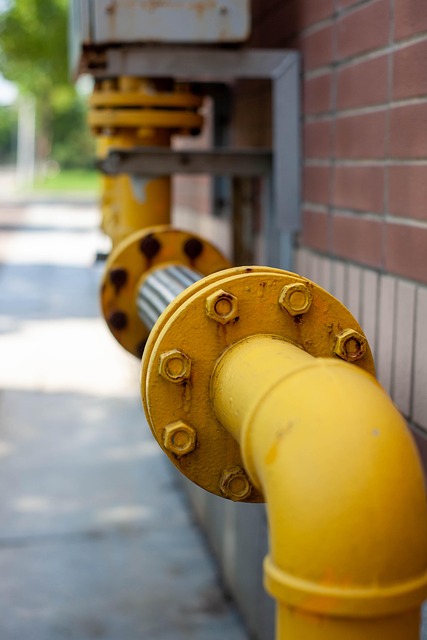To prevent frozen pipes, homeowners should insulate exposed pipes, maintain indoor temperatures above 55°F (13°C), shut off water to external hoses, and clean drainage systems. Quick action is crucial if pipes freeze or burst; turn off the main water valve, gently thaw pipes, check for leaks, and repair as needed. Regular insulation and thermostatically controlled heat tape further protect against frozen pipes during cold snaps.
“Understanding when pipes freeze is crucial for homeowners, especially in colder climates. This guide delves into the ideal conditions for pipe freezing and offers practical strategies to prevent this common winter issue. From identifying vulnerable areas to implementing effective insulation and heating methods, you’ll learn essential techniques to safeguard your plumbing system. Additionally, we provide emergency steps and repair tips for frozen pipes, ensuring you’re prepared to handle any unexpected disruptions.”
- Understanding Pipe Freezing Temperatures
- Strategies to Prevent Frozen Pipes
- Handling Frozen Pipes: Emergency Steps & Repair
Understanding Pipe Freezing Temperatures

Pipes can freeze at temperatures as low as 0°F (-18°C), but the threshold varies depending on factors like pipe material, insulation, and weather conditions. In many cases, pipes will begin to freeze when outdoor temperatures drop below 32°F (0°C). Understanding these freezing points is crucial for homeowners, especially in regions with cold winters, as it’s a critical first step in knowing how to prevent frozen pipes.
To prevent frozen pipes, it’s essential to take proactive measures. This includes insulating exposed pipes, especially those near exterior walls or in unheated areas like basements and garages. Additionally, allowing water to flow slightly through the pipes during cold snaps can help keep them from freezing. Homeowners should also consider using heat tape or thermal insulation around vulnerable pipes, ensuring proper drainage of plumbing systems, and keeping garage doors closed to protect pipes from extreme cold.
Strategies to Prevent Frozen Pipes

To prevent frozen pipes, start by ensuring your home is adequately heated during cold weather. Set your thermostat to a consistent temperature of at least 55°F (13°C) to maintain a warm environment throughout your house, including less accessible areas like pipes. Insulating exposed pipes with thermal protection or foam insulation can also be highly effective. This simple step creates a barrier against freezing temperatures, keeping water flowing smoothly.
Additionally, consider shutting off the water supply to external hoses and drains when the temperature drops below freezing. Opening cabinet doors near sinks and appliances allows warmer air to circulate, indirectly protecting pipes located behind them. Regular maintenance, such as cleaning out drainage systems and ensuring proper ventilation in attics and crawl spaces, further reduces the risk of pipe freeze damage.
Handling Frozen Pipes: Emergency Steps & Repair

Frozen pipes can cause significant damage and disrupt your home’s water supply, so it’s crucial to know how to handle them during an emergency. If you suspect frozen pipes, act quickly. First, turn off the main water valve to prevent further water flow and potential overflow. Then, assess the situation: if pipes are severely frozen or burst, contact a professional plumber immediately.
While waiting for help, try to thaw the pipes gently using a heat gun or heated towels wrapped around them. Avoid using open flames as they can cause additional damage. Once pipes are clear, check for leaks and make necessary repairs. Regularly insulate pipes vulnerable to freezing temperatures, and consider using thermostatically controlled heat tape to keep them warm during cold snaps. Implementing these How to Prevent Frozen Pipes strategies can help protect your home’s plumbing system year-round.
Understanding the temperatures at which pipes freeze and implementing effective prevention strategies is key to safeguarding your plumbing system. By knowing the risks and taking proactive measures, you can confidently navigate cold seasons without worrying about frozen pipes. Remember, while emergency handling is essential, preventing freezing in the first place ensures a smoother, less stressful experience. So, armed with this knowledge, take steps to protect your home’s plumbing and enjoy peace of mind all year round.
